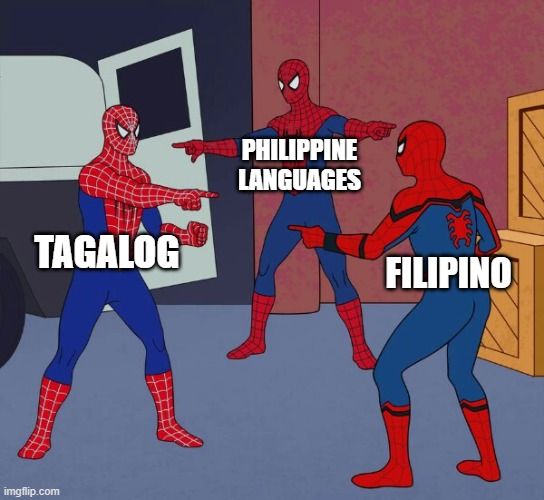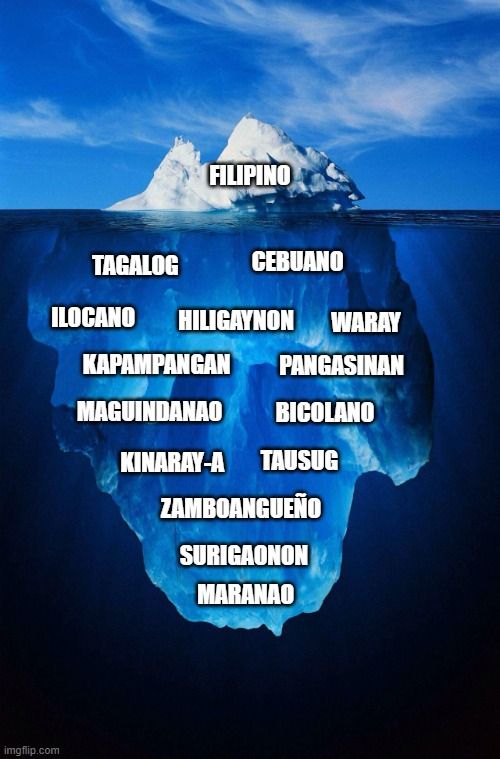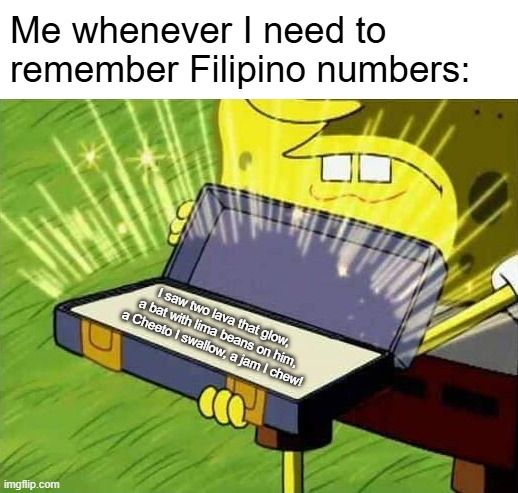Ever wanted to learn Filipino, but didn’t know where to start? Maybe you’ve met a Filipino friend, heard Manny Pacquiao in an interview, listened to Lea Salonga’s Broadway performances, or even tried to follow along with a Filipino song and thought, “I wish I could understand this better!”

Well, your wish is more achievable than you might think! Filipino is one of the easiest languages to learn. It’s even easier if you already know Spanish or English since the language has many borrowed words from both due to the 333-year-long Spanish colonization and the 48-year-long American colonization of the Philippines.
Whether you’re part of the Filipino diaspora, want to connect with a Filipino friend, planning to visit the Philippines, or simply eager to learn a new language, you’re in the right place. These 5 easy steps will help you start learning Filipino and get you speaking with confidence in no time!
#1 Get to Know the Filipino Language
Before learning about the Filipino language, let’s first clear up what "Filipino" really means— and what it doesn’t!
Filipino and Tagalog are NOT the same.
You’ve probably watched a video where the language is referred to as Tagalog, then you read an article where it’s called Filipino, and some even slash it — Filipino/Tagalog. So, you might be wondering: Am I learning the same language? Am I learning two different languages? What’s going on here?

While Filipino and Tagalog are often used interchangeably, they’re not quite the same.
Tagalog is a regional language primarily spoken in Manila and surrounding provinces.
Filipino is the official national language of the Philippines; it’s largely based on Tagalog BUT "enriched on the basis of existing Philippine and other languages.”
Filipino is just one of the many Philippine languages.
Now that we've got Filipino and Tagalog settled, let's talk about Philippine languages. What does it actually refer to? Is this a triple Spider-Man situation?

Well, not exactly. Philippine languages refer to the "indigenous languages of the Philippines, including the national language and the regional and local languages."
This means that Filipino as the national language, and Tagalog as a regional language, are both Philippine languages — but they're only two of the over 170 languages spoken across the country.

Quiz
Which of the following could the term "Filipino" refer to?
#2 Memorize the Filipino Alphabet
The Filipino alphabet is based on the standard Latin alphabet. So if you know any languages based on the Latin alphabet, like English, you’re already halfway there!
From the 26-letter English alphabet, the Filipino alphabet just added two additional letters: Ñ (which comes from the Spanish alphabet) and Ng (considered its own letter because of its unique functions in Filipino).

As for the pronunciation of the letters, there’s nothing to worry about. Filipino is a highly phonetic language, meaning words are spelled the way they're pronounced. No silent letters, alternative sounds, or confusing pronunciations! What you see is what you get!
Check out the video below for a quick pronunciation guide for each letter:
Quiz
Which of the following is part of the modern Filipino alphabet? Select all that apply:
#3 Learn the Numbers
Filipino Numbers
Numbers are easy-peasy too, because you just read them as is! Start by practicing 1 to 10:
one - isa
two - dalawa
three - tatlo
four - apat
five - lima
six - anim
seven - pito
eight - walo
nine - siyam
ten - sampu
Here’s a fun mnemonic to help you remember the numbers 1-10 in Filipino:
"I saw (isa) two lava (dalawa) that glow (tatlo), a bat (apat) with lima beans (lima) on him (anim), a Cheeto (pito) I swallow (walo), a jam (siyam) I chew (sampu)!"

Once you know the numbers 1 to 10, it’s easy to expand!
To form ordinal numbers, simply add ika- (e.g., ika- + lima = ikalima or fifth)
To form numbers 11 to 19, just add labing- (e.g., labing- + lima = labinglima or fifteen)
To form multiples of 10, add -pu (e.g., lima + -pu = limampu or fifty)
With this, you can go from knowing 1 to 10 to knowing 1 to 100 in no time! Check out this chart from Omniglot to see the translation of each number.
You can follow along with the video below to count from 1 to 10 and beyond:
Quiz
Flor is shopping at a local market in Manila. She picks up limang mangoes and asks the vendor for dalawa more. How many mangoes does she have in total?
#4 Practice Common Phrases
Essential Filipino Phrases
Now that you know what Filipino is and have mastered the letters and numbers, it's time to put it all together and start speaking! In front of a mirror, say these essential Filipino phrases out loud to get started:
Kamusta ka? = How are you?
Mabuti naman, ikaw? = I'm fine. How about you?
Ano ang pangalan mo? = What's your name?
Ako si Juan. = My name is John.
Taga saan ka? = Where are you from?
Taga-Manila ako. = I'm from Manila.
Maraming salamat. = Thank you very much.
Walang anuman. = You're welcome.
Paalam. = Goodbye.
Follow along with the video below to practice the phrases:
One-word Filipino Phrases
Aside from essential Filipino phrases, learning one-word Filipino phrases you can easily remember and use in everyday conversations is a good tip too. Read these out loud:
Oo = Yes
Hindi = No
Puwede/Pwede = It's possible
Ewan = I don't know
Siguro = Maybe
Sige = Okay
Sana = I hope so
Malamang = Probably
Siyempre/Syempre = Of course
Sayang = What a waste
Now practice them with the video below:
Filipino Word Inserts
Filipinos usually use a combination of Filipino and English in day-to-day conversation. Now, I have a challenge for you: read these Filipino word inserts out loud, and then try to think of an English sentence where you can insert these Filipino words. Once you've done that, say the English sentence with the Filipino word in it out loud.
Diba? = Right?/Isn't it so?
Kasi = Because
Pero = However/But
Tapos = Afterwards/and then/next
Practice them with the video below:
Quiz
If Juan asks you, "Kamusta ka?," how should you respond?
#5 Immerse Yourself
Now that you've got the basics down, it's time to level up — immerse yourself!
Surround yourself with the language in everyday situations. Watch Filipino movies, listen to Filipino songs and podcasts, or follow social media accounts that teach or simply communicate in Filipino. The more you expose yourself to the language, the quicker you'll pick it up.
Here are some recommendations to help you immerse yourself in the Filipino language:
Filipino movies = Heneral Luna, Four Sisters and a Wedding
Filipino songs = "Buwan" by JK Labajo, "Ligaya" by Eraserheads
Filipino content creators = Learn Filipino with FilipinoPod101, Tagalog Time with Pat

Quiz
If Joey wants to start speaking Filipino by immersing himself, what should he do? Select all that apply:
Take Action
Just keep in mind these 5 easy steps as you go and you'll be saying kamusta and salamat like a natural before you know it!

Padayon! (Persist, continue, move forward) This is your start — all that’s left to do now is take the next step:
Your feedback matters to us.
This Byte helped me better understand the topic.
